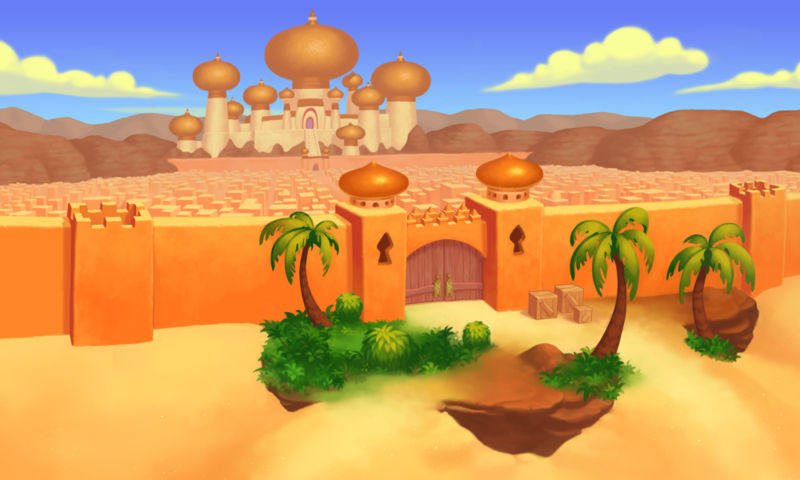The Silk Roads: A New History of the World, Alfred A. Knopf, New York, 2016 (645pp. illus., $30).
At the height of its splendor in the era A.D. 650-800, Baghdad was a magnificent city, its parks, gardens, schools, hospitals, charitable foundations, mosques and bathhouses “lavishly gilded and decorated, and hung with beautiful tapestries and hangings of brocade and silk,” their reception rooms “lightly and tastefully furnished with luxurious divans, expensive tables, exceptional Chinese vases and innumerable gold and silver trinkets.” Along the Tigris River, palaces, kiosks and gardens served a leisured elite, making Baghdad a pleasure seeking heaven. With its vibrant markets and as-yet unspoiled agricultural hinterlands, the city was part of an Islamic boom of Muslim conquests snaking in all directions towards Spain to the west, and the south Asian subcontinent to the east.
The world, realigned towards the east, is the subject of Peter Francopan’s new popular history, “The Silk Roads”, a reliable and honest book that perhaps overstates its aim as a “new history” of the world, but admirably refocuses our eyes towards the reality of a world that has as its fulcrum not Greece and Rome (or northern Europe surely), but southwest Asia from the eastern Mediterranean, through to the Oxus region, and on towards western China. This is the world of the “silk roads” made famous by Marco Polo for its trade in silk, gems, horses, coins and grain, trade routes also made famous as conduits traveled by armies as diverse as Persian charioteers and later Mongol and Turkic horse warriors.
Frankopan is a historian based at Oxford University and the author of “The First Crusade: The Call from the East”, and is a senior research fellow at Worcester College with ties to the Oxford Centre for Byzantine Research. His desire to refocus is certainly justified in many ways. A blinkered view of Euro-centric history promotes myopia of considerable size. As Francopan writes about places like Uzbekistan, Kyrgyzstan and Turkmenistan, as well as the current Middle East, “these are no backwaters, no obscure wastelands.” In this bridge between East and West were where the great early metropolises were established, where the world’s great religions burst into life, and where language cauldrons and great Empires both arose. Europeans like Christopher Marlowe called Persia the “middle of the world” way back in 1587, and the Carthaginian elite wore Chinese silk 2,000 years ago. Astronomy, mathematics and medicine all owe a great deal to the Silk Roads.
Some critics have pointed out errors in Francopan’s book—the misnomer “Arab-speaking world”, or the idea that T.E.Lawrence “took Aqaba” (leaving out his Arabian allies). And of course, the “history of the world” constitutes quite a lot more than its middle. Nevertheless, “The Silk Roads” is vibrant popular history with a number of interesting maps and illustrations, adumbrated by a complete set of notes. Only in its later chapters dealing with the wars of the twentieth century does the book bog down. Otherwise, it is filled with fascinating and even mesmerizing fact and analysis.


